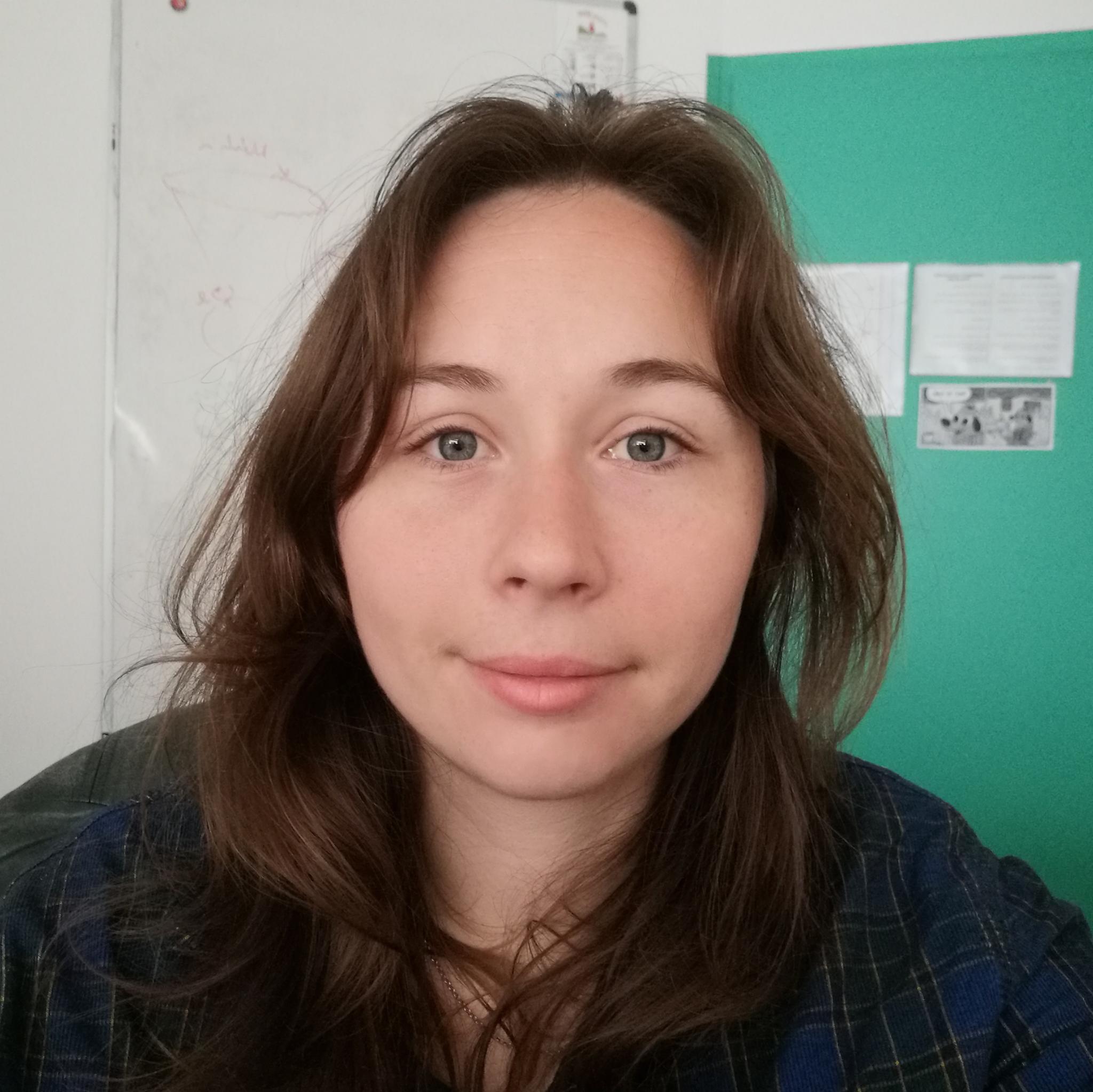Long-term Stability of Teleseismic P-wave Cross-correlations in the Secondary Microseism Frequency Band
Date:
Boué, P., Tomasetto, L.*, and Stehly, L., “Long‐term Stability of Teleseismic P‐wave Cross‐correlations in the Secondary Microseism Frequency Band”, vol. 2023, no. 384, Art. no. S43C‐0384, AGU 2023.
Abstract
The long-term goal of this work is to use body waves emitted by distant oceanic storms to image the Earth’s mantle. In this study, we investigate how the complexity of such sources affects body waves extracted from noise correlations. Indeed, the Northern Atlantic region is very active during the Northern Hemisphere winter, from October to March. We extract P-waves generated by the Atlantic Ocean daily seismic noise correlations computed at teleseismic distances from 2010 to 2022. By analyzing such long time series, we investigate whether the travel time of body waves measured between a pair of stations are stable over time, or if on the contrary they are influenced by the dynamic of the source. We show that the characteristic of these P-wave interferences are consistent with an oceanographic model of the secondary microseism forcing and that their apparent travel times are compatible with the prediction of a 3D Earth model. To decrease the influence of the spatio-temporal evolution of the oceanic source on the measured P-wave travel times, we use an oceanic model to compute synthetic correlations. This could be used in the future to take into account, or even correct, measured travel times from interferometric observations in that frequency range.
